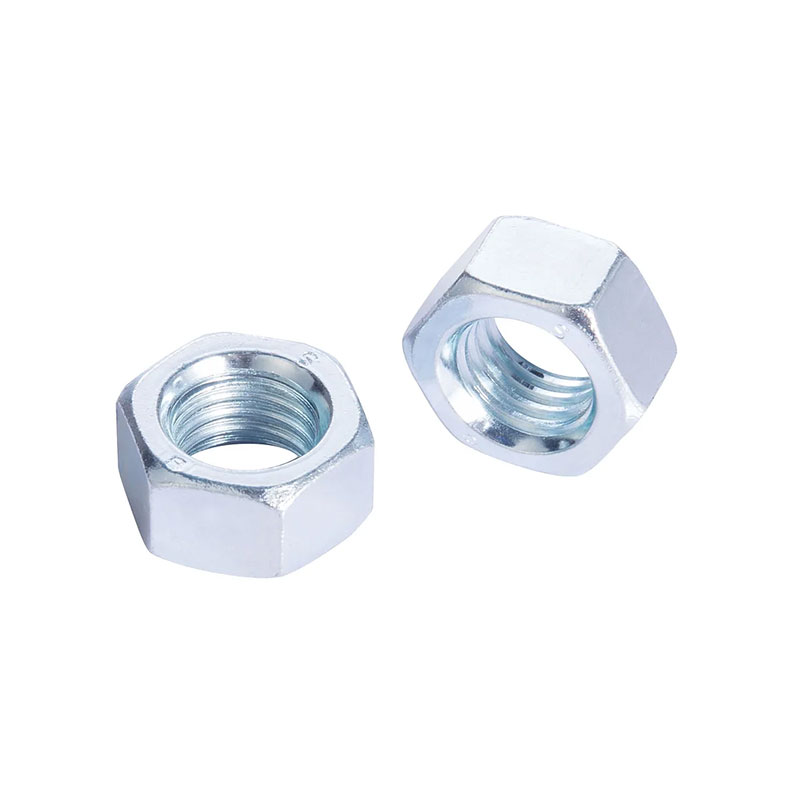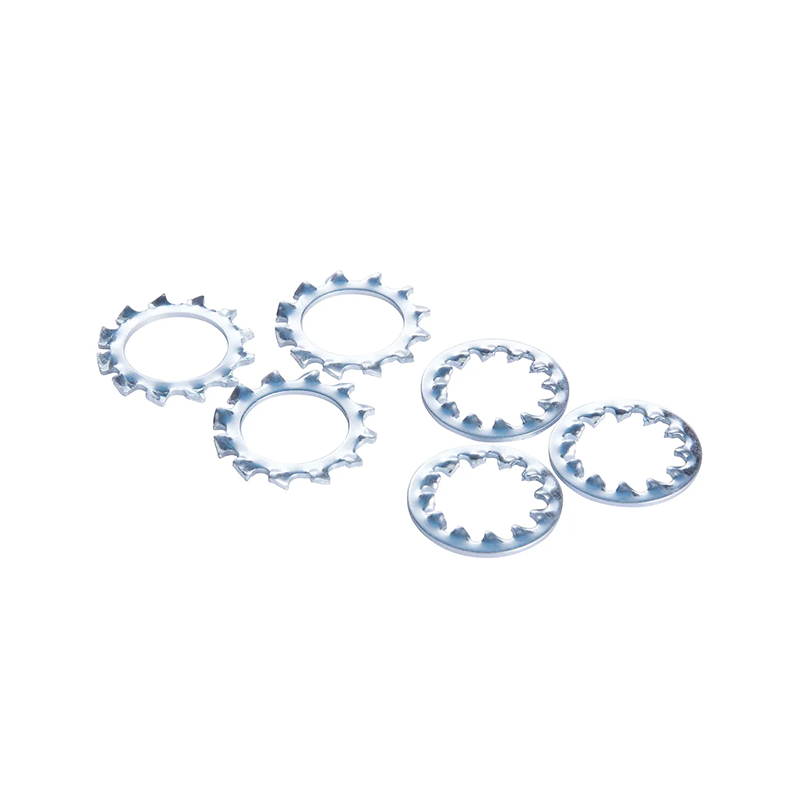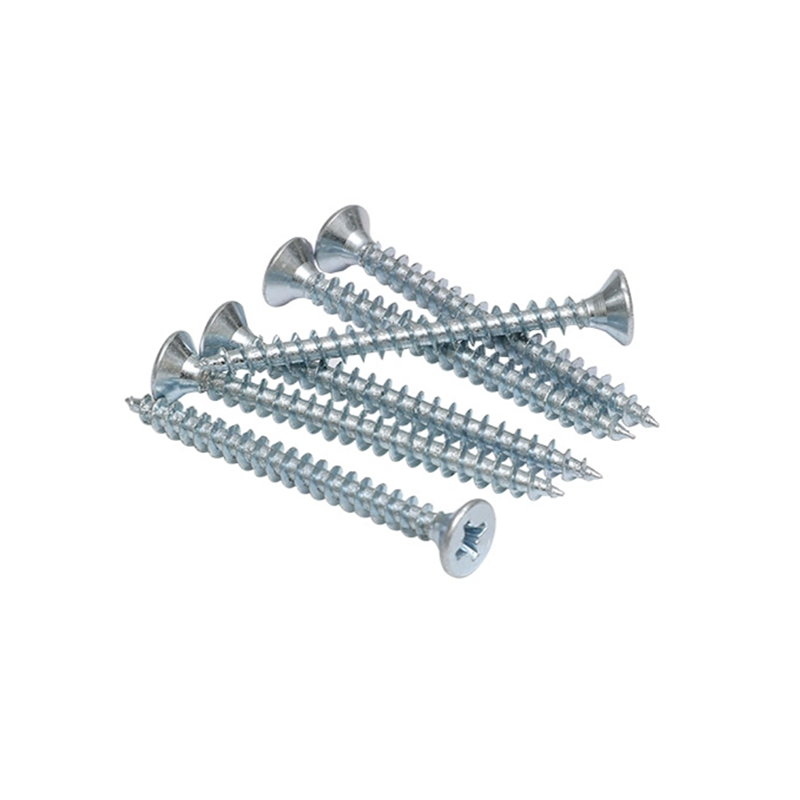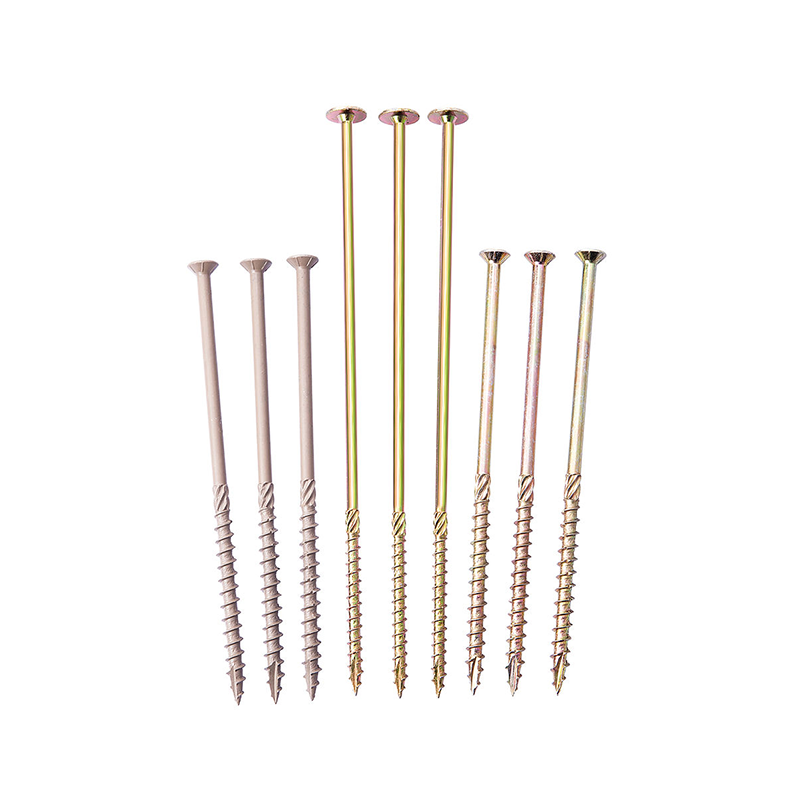Roofing Screws vs Nails: Which Fixing Method is Better for Your Roof?
 2025.10.06
2025.10.06
 Industry news
Industry news
In roofing construction, the choice of fasteners directly affects durability, waterproofing, and overall lifespan. The two most common fastening methods are Roofing Screws and Nails. Many people wonder: which one is better for their roof?

Introduction
The roof is the first line of defense against wind and rain, and fasteners are the key to keeping it secure. Traditionally, nails were widely used in roofing projects, but with the advancement of building materials and construction methods, roofing screws have become increasingly popular.
So, should you use roofing screws or nails? We’ll compare them in terms of strength, waterproofing, installation efficiency, cost, and ideal applications.
Advantages and Disadvantages of Roofing Screws
Advantages
Stronger Holding Power
Roofing Screws grip tightly into the substrate with their threads, providing greater pull-out resistance and wind performance. Compared to nails, they are more reliable on metal roofs and in windy environments.
Better Resistance to Loosening
Nails can gradually loosen over time due to thermal expansion and wind vibrations. The threaded design of screws allows them to stay firmly in place without easily pulling out.
Superior Waterproofing
Many roofing screws come with rubber or metal washers, which create a tight seal during installation and reduce the risk of water leaks. Nails generally lack such waterproofing features.
Easy to Remove and Reuse
Roofing Screws can be removed and reinstalled when repairs or replacements are needed, while nails often require prying and may damage the roofing material.
Disadvantages
Longer Installation Time
Roofing screws usually require a drill or impact driver, making installation slower compared to hammering nails. For large-scale projects, this can add significant time.
Slightly Higher Cost
Roofing screws are more expensive than nails, which can increase the overall project budget.
Greater Dependence on Tools
Since screws require power tools for installation, they are less convenient for small or temporary projects compared to simple nails.
Advantages and Disadvantages of Nails
Advantages
Faster Installation
The biggest advantage of nails is speed. With just a hammer or nail gun, workers can install them quickly, making them ideal for large-scale, low-cost projects.
Lower Cost
Nails are cheaper than roofing screws, making them suitable for budget-conscious projects.
Simple Tool Requirements
Nails only require basic tools such as hammers, unlike screws which need drills. This makes nails a practical option for rural or temporary roofing jobs.
Disadvantages
Easy to Loosen
Nails can work themselves loose under wind pressure or temperature changes, especially on metal roofing.
Poor Waterproofing
Without washers, nails offer limited waterproofing, increasing the risk of leaks over time.
Harder to Remove
Once hammered in, nails are difficult to remove without damaging the roofing material.
Shorter Lifespan
Compared to roofing screws, nails have a shorter overall lifespan and are more suited for temporary or budget-limited projects.
Roofing Screws vs Nails Comparison
The table below highlights the differences between the two:
| Feature | Roofing Screws | Nails |
|---|---|---|
| Strength | Higher | Average |
| Waterproofing | Better | Poor |
| Installation Speed | Slower | Faster |
| Cost | Higher | Lower |
| Best Use | Metal roofs Long-term fastening | Wooden roofs Temporary builds |
Recommended Choice for Different Roof Types
Metal Roofs
For metal roofs, Roofing Screws are the better choice. The smooth surface of metal makes nails less secure, while screws grip tightly and, when paired with washers, provide excellent waterproofing.
Wooden Roofs
On wooden or shingle roofs, Nails are still effective. Wood holds nails well, reducing the risk of loosening, and their fast installation makes them ideal for large wooden roof projects.
High-Wind or Rainy Environments
If your building is located in a coastal or rainy area, Roofing Screws are more reliable. They can withstand stronger winds and provide better protection against water leaks.
Temporary or Budget-Limited Projects
If the roof is only needed for a short time or the budget is tight, Nails are a cost-effective choice due to their low price and fast installation.



 English
English русский
русский











 Products
Products Tel: 86-574-62101087
Tel: 86-574-62101087 E-mail:
E-mail:  Add: Xiaocao 'e Binhai Industrial Park, Yuyao, Zhejiang, China
Add: Xiaocao 'e Binhai Industrial Park, Yuyao, Zhejiang, China